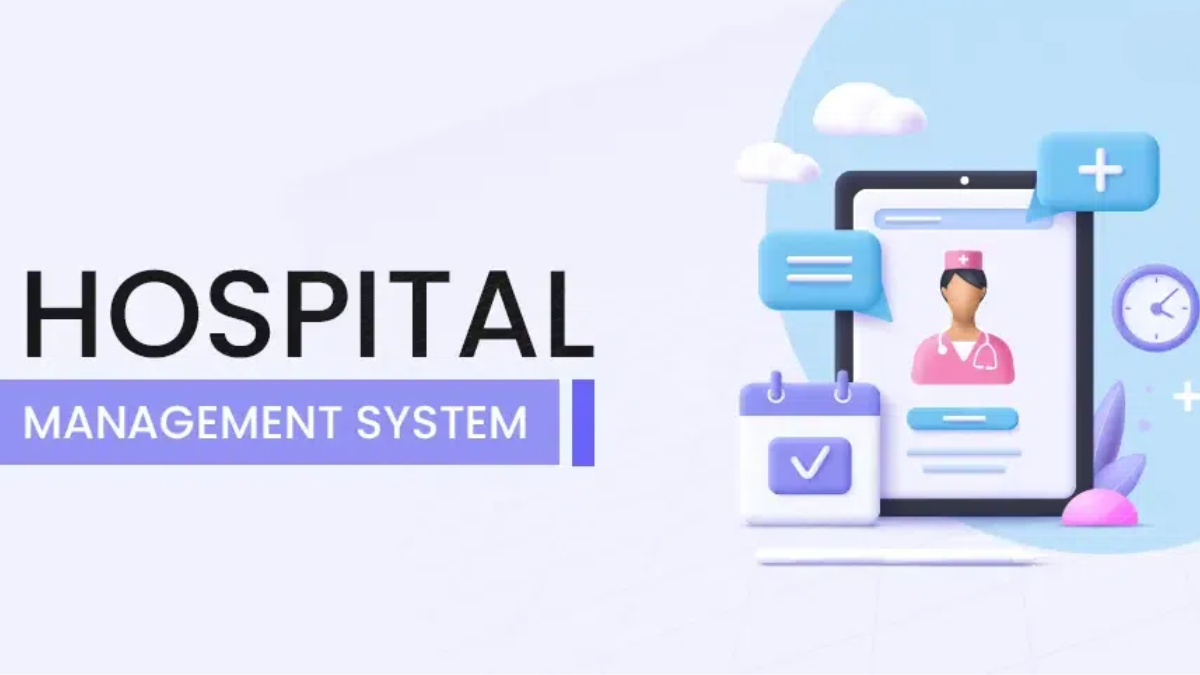Managing critical cases is one of the most challenging and essential functions of modern hospitals. Critical patients require immediate attention, specialized care, and continuous monitoring to stabilize their condition and prevent life-threatening complications. Hospitals adopt a structured approach, advanced technologies, and highly trained medical teams to ensure effective management of critical cases. Understanding how hospitals handle such situations helps patients, families, and caregivers navigate these high-pressure scenarios confidently.
Rapid Triage and Assessment
Effective management of critical cases begins with rapid triage, which prioritizes patients based on the severity of their condition. Emergency departments use standardized triage systems to assess vital signs, symptoms, and medical history. This process ensures that life-threatening cases receive immediate attention, while less critical cases are monitored appropriately. Quick assessment reduces delays and improves the chances of successful outcomes.
Specialized Critical Care Units
Hospitals maintain specialized units such as Intensive Care Units (ICUs), Cardiac Care Units (CCUs), and Neonatal Intensive Care Units (NICUs) to handle critically ill patients. These units are equipped with advanced life-support systems, ventilators, monitoring devices, and emergency response equipment. Specialized staff trained in critical care continuously monitor patients and provide timely interventions, ensuring a high level of care for those in unstable conditions.
Multidisciplinary Medical Teams
Critical cases often require collaboration among multiple specialists, including critical care physicians, surgeons, cardiologists, anesthesiologists, and nursing staff. Multidisciplinary teams work together to develop and execute treatment plans, making informed decisions based on real-time patient data. Effective communication and coordination among team members are crucial for delivering timely, precise, and comprehensive care.
Advanced Monitoring and Diagnostic Technology
Hospitals use cutting-edge monitoring and diagnostic tools to track patients’ vital signs, detect complications early, and guide treatment decisions. Continuous monitoring of heart rate, blood pressure, oxygen levels, and other critical parameters allows rapid intervention when needed. Advanced imaging, lab tests, and point-of-care diagnostics support accurate diagnosis and personalized treatment plans.
Rapid Response and Emergency Protocols
Hospitals implement rapid response teams and emergency protocols to handle sudden deterioration in a patient’s condition. These teams are trained to respond immediately, stabilizing patients while coordinating with the ICU or surgical departments. Standardized protocols for cardiac arrest, trauma, sepsis, and respiratory failure ensure consistent, high-quality responses during critical events.
Life-Saving Interventions and Procedures
Critical patients often require complex interventions such as mechanical ventilation, dialysis, emergency surgery, or advanced cardiac procedures. Hospitals maintain well-equipped operating rooms, catheterization labs, and specialized treatment areas to perform these life-saving procedures promptly. Skilled medical staff execute interventions with precision to minimize risks and improve survival rates.
Continuous Staff Training and Simulation
Hospitals invest in continuous training, workshops, and simulation-based learning to prepare staff for critical care scenarios. Simulation exercises replicate high-pressure situations such as multi-trauma incidents, cardiac arrests, and neonatal emergencies. Regular training ensures that medical teams remain competent, confident, and ready to handle real-life critical cases effectively.
Patient and Family Communication
Effective management of critical cases includes clear communication with patients’ families. Hospitals provide updates on the patient’s condition, explain treatment options, and involve families in decision-making when appropriate. Transparent communication reduces anxiety, builds trust, and ensures that families are informed partners in the care process.
Post-Critical Care and Rehabilitation
After stabilization, patients often require post-critical care and rehabilitation to recover fully. Hospitals provide step-down units, physiotherapy, occupational therapy, and counseling services to support recovery. Proper post-critical care reduces complications, enhances functional recovery, and ensures long-term health outcomes for patients.
Quality Assurance and Continuous Improvement
Hospitals monitor outcomes, conduct audits, and review protocols to continuously improve the management of critical cases. Quality assurance programs track mortality rates, complications, and response times to identify areas for improvement. Feedback loops, staff training, and technology upgrades ensure that hospitals maintain high standards in critical care management.
Conclusion
Managing critical cases effectively requires rapid assessment, specialized care units, multidisciplinary teams, advanced technology, and well-trained staff. Hospitals implement emergency protocols, life-saving interventions, continuous monitoring, and post-critical care to ensure patient survival and recovery. Prioritizing clear communication, quality assurance, and continuous improvement allows hospitals to deliver efficient, reliable, and patient-centered care during high-pressure situations. Understanding these practices highlights the critical role hospitals play in saving lives and maintaining community health.
FAQs
Q1: What is the first step hospitals take when a critical patient arrives?
Hospitals perform rapid triage to assess severity, prioritize care, and direct patients to the appropriate unit for immediate treatment.
Q2: Which specialized units manage critically ill patients?
ICUs, CCUs, NICUs, and trauma units are specialized units equipped for critical care management.
Q3: How do multidisciplinary teams contribute to critical care?
Teams of specialists collaborate to develop treatment plans, share expertise, and ensure timely interventions for complex cases.
Q4: What role does technology play in managing critical cases?
Advanced monitoring, diagnostic tools, imaging systems, and automated alerts enable early detection of complications and precise treatment decisions.
Q5: How do hospitals ensure quality and continuous improvement in critical care?
Hospitals conduct audits, monitor outcomes, review protocols, provide staff training, and implement feedback systems to maintain and improve care standards.

